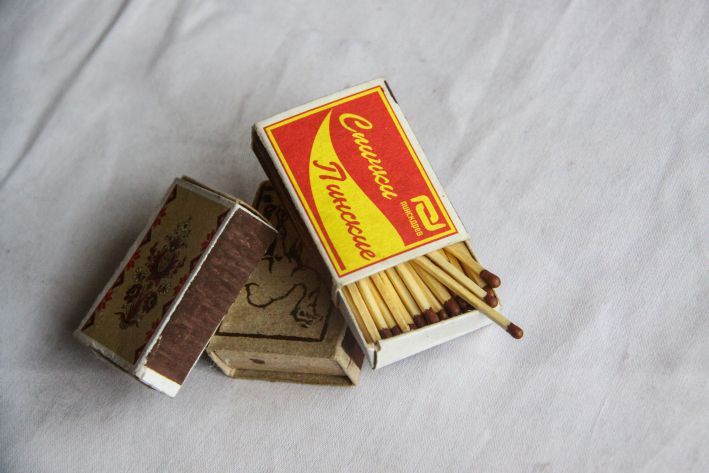Soil flies are equally willing to settle in pots of indoor plants and in boxes with seedlings. Despite the size of the pest, young plants can suffer most seriously.
We will tell you what harm this insect causes and how you can fight it.
The soil fly is also known as the fungus gnat, soil gnat, sciarid fly, and detritus gnat.
Damage caused by soil fly
The insect damages the roots of young plants, causing growth to slow down and often the seedlings to die.
Only one female insect can lay up to 250 eggs in waterlogged soil. After 7 days, larvae will appear, which will begin to harm the seedlings in the most active way. Therefore, you should not expect mercy from insects and you need to start fighting immediately.

How to fight
The easiest way to get rid of flies is to place sticky tape near the seedlings and change it as needed.
1. To deal with larvae, you need to reduce the soil moisture, and in order not to leave the seedlings without water, you need to pour it not from above into the soil, but into the tray.
2. If possible, you can remove the top layer of soil and add a dry mixture, pouring a weak solution of potassium permanganate over the soil, but do not burn the roots of the seedlings.
3. A reliable folk remedy for fighting fly larvae is garlic. You can make an infusion for watering, but it is easier to cut the cloves and place them at a shallow depth in the ground.
4. Matches come to the rescue of gardeners; they are placed with the sulfur head in the ground, replacing them with new ones when the sulfur dissolves.
5. You can sprinkle 1-2 mm of ash or orange peels on top of the soil.
6. You can dissolve laundry or baby soap in water and water the soil with seedlings, which should destroy the fly larvae.
7. If necessary, you can use industrial preparations "Thunder 2" or "Aktara".
For prevention purposes, it is necessary to follow the watering schedule and loosen the soil after irrigation. It is also better to refuse to use such fertilizers as used tea, banana peel infusion, as well as water from thawed meat, and other organic waste.








